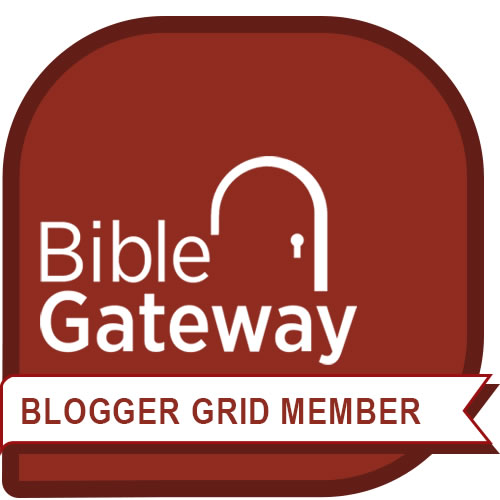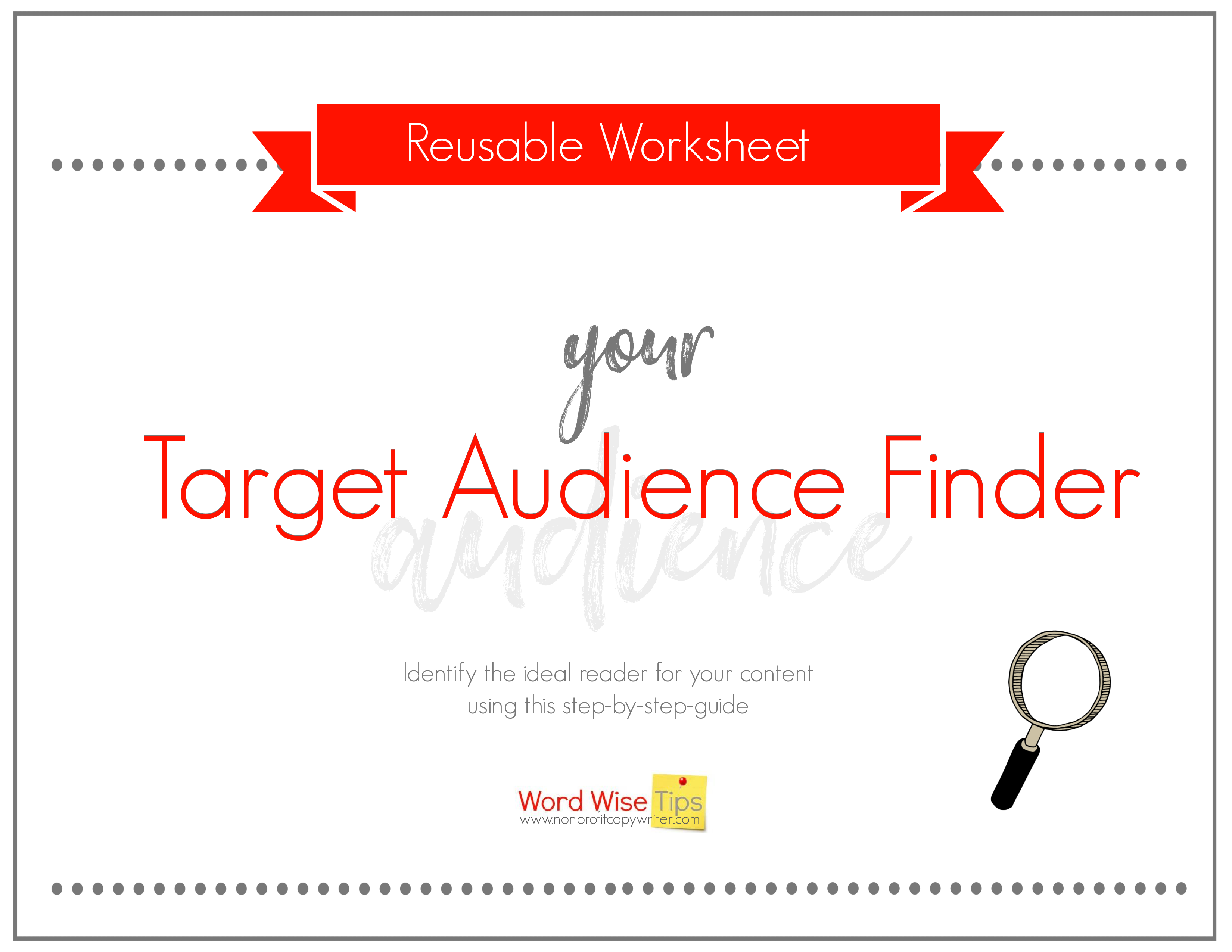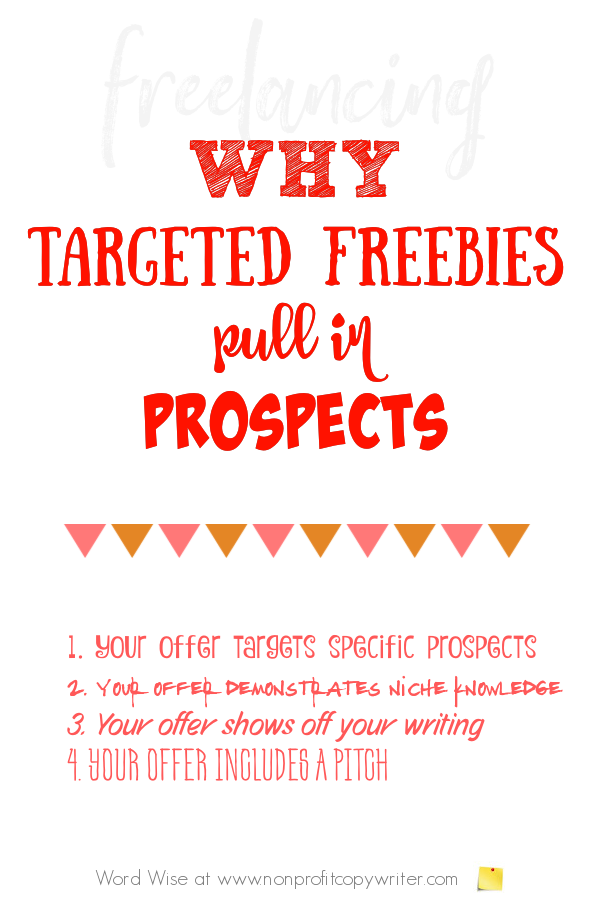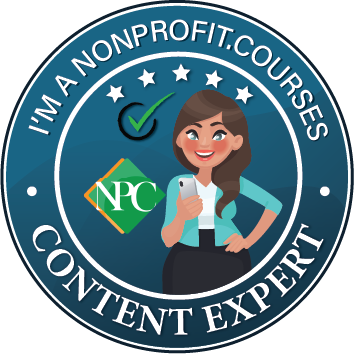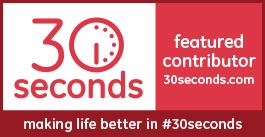Save Time: Get 5 Simple Writing Tips
you can put to use in 10 minutes
Find Freelance Writing Jobs With This Offbeat Strategy
Award-winning writer Kathy Widenhouse has helped hundreds of nonprofits and writers produce successful content , with 750K+ views for her writing tutorials. She is the author of 9 books. See more of Kathy’s content here.
Updated 7.22.25
- “How do I find freelance writing jobs?”
- “I can’t find writing clients. Help!”
- “Where can I look for freelance content writing jobs for beginners?”
I hear these questions every week from new writers and members of my online writing groups.
I could answer the question by ticking off the usual strategies: LinkedIn networking. Cold calling. Email prospecting. Facebook groups. Job boards like Upwork, Fiverr, Freelancer.com. Online forums and in-person writing conferences.
As tactics go, they work. But these eager — and talented — writers can get the same advice from every other freelancer who has had some work-for-hire success.
Yet very few writers use an approach that has poured dozens of clients into my funnel. And I write in a niche that isn’t known for its big budgets and abundant paychecks: nonprofits. Even so, I’ve had enough paying freelance content writing jobs to put my two children through college, help them with grad school, and provide me with a solid retirement.
Typical prospecting works, but not as well as this
The usual methods for getting freelance writing gigs have one thing in common. They’re writer-centric, screaming, “I want work. Here are my interests, my experiences, my portfolio.”
True — with a clear niche and relevant, classy clips, you are appealing to a prospective client, especially one who knows he’s in the market to hire out his content.
However, there are hundreds (thousands) of small businesses and organizations that have never hired a freelance writer before. Many don’t know they need one. Even if they did, they don’t know how to find one.
Until you cross their desk in a way that others do not.
Identify your ideal reader with this step-by-step guide.
My little-used strategy for finding freelance writing jobs
My pitch is not for my services.
Instead, my pitch is an offer.
I created a little booklet called “Easy and Cheap: 7 Proven Solutions for Promoting Your Nonprofit.” It’s offered in a message titled, “How an award-winning writer and nonprofit board member can help you produce better web content and appeal letters.” And I place that offer directly in the lap of my prospect, either through a direct mail piece with a return postcard or an online message with a link.
If you’re a nonprofit leader, what do you do when you see that offer? Chances are you’ll click or download as soon as you can.
At which point, you — Mr. or Ms. Freelancer — send the resource pronto.
What happens next: You’ve given your prospect information he needs desperately and tangible strategies he can use immediately. You’ve made it easy for him to access the information. You’ve given him an idea of how his life might be simpler if he hires you to write and manage his content.
He’s teed up.
So when you follow up about a week later, he says, “Yes, I need your services right now for such-and-such a project,” or “I don’t have an immediate need, but yes, I’d like you to stay in touch with me.” Result? You get either an assignment or a qualified prospect to add to your email list.
Why this prospecting technique helps you find freelance writing jobs faster
1. Your offer targets specific prospects.
You’re not reaching out willy-nilly to every Tom, Dick, and Harry. Your resource is specifically created for your target readers, whether it’s pediatric orthodontists or under-30 financial planners building their biz or newly minted grandparents who have moved across the country to be near their growing families. Or in my case, time-starved nonprofit leaders.
2. Your offer demonstrates your expertise in the niche.
Rather than create a fluff-filled resource in 20 minutes using Chat GPT, yours is chock-full of practical advice that can’t be found just anywhere. It addresses a heartfelt need in your area of specialization.
3. Your offer demonstrates your writing ability.
Your prospect needn’t worry whether or not you can deliver quality content. He has seen the proof in your free resource. It is well-organized. It’s easy to read. It’s formatted with a professional look.
4. Your offer includes a soft pitch.
I suggest you avoid shameless self-promotion in your free content, but use it to suggest that the reader outsource some of his workload.
The last tip in my booklet is titled, “Outsource your marketing projects.” Busy biz owners and leaders may not have considered how affordable outsourcing can be, nor do they have the time to dig around and find someone. But here you are, ready to go. You’ve proven you’re on their side. You understand their niche. And you’ve made it easy for them.
And if you play your cards well, it won’t be the last time.
The secret sauce to this special strategy
Once you find a freelance writing job by using your specialized resource, handle the project with particular care. This is more than an opportunity for a one-time gig. You’ve got the chance to acquire an anchor client with steady work and regular pay. Embrace that opportunity by taking a few simple steps.
- Deliver your best content.
- Deliver it on time. Better yet, deliver early.
- Exceed expectations. If you’re writing an article, offer a sidebar. If you’re writing an email campaign, offer three or four subject lines, rather than just one. If you’re writing web content, include internal links to pages that are already on the client’s website.
- Once the project is finished, ask, “What else can I help you with?”
Satisfied clients mean regular work. When you get hired over and over by the same client, you can know that each month you’ll write 4 blog posts for her. Or you’ll put together a newsletter for her. Or you complete one grant application for her and immediately start on another.
All because you took a different approach to finding freelance writing clients.
Yes, it’s a tactic that initially takes more work than a blanket sales pitch. But in the long run, you’ll spend less time working to find freelance writing jobs and more time doing what you want to do: write.
Oh — and you’ll have time to deposit all those paychecks in the bank, too.
More Freelance Writing Tips
Making a Pitch: My Top Tip for Freelance Content Writers ...
How To Write a Sales Letter That Sells Your Services ...
2 Types of Letters That Get You Paid Writing Gigs...
The Writing Life: You Can Make a Living With Your Words..
Use a Lead Magnet to Get Content Writing Leads and Prospects...
Three Tips in Getting Freelance Writing Assignments...
Ditch These 10 Freelance Writing Myths (and Embrace the Truth)...
5 Tips to Make Money Writing...
More tips for freelance writers on our Pinterest board ...
As an Amazon Associate I earn from qualifying purchases.
Share This Page

Named to 2022 Writer's Digest list
BEST GENRE/NICHE WRITING WEBSITE


Stop Wasting Time!
Grab your exclusive FREE guide, "5 Simple Writing Tips You Can Put to Use in 10 Minutes or Less"
